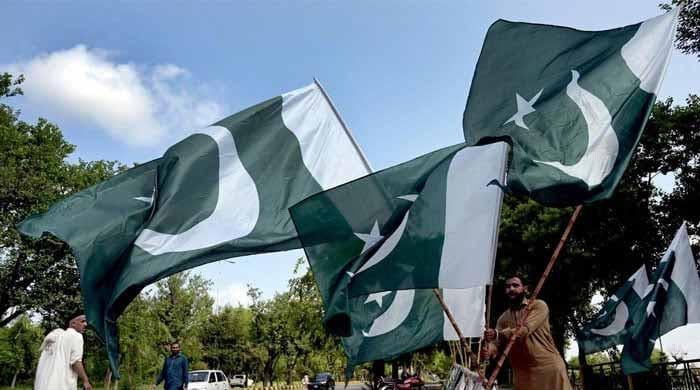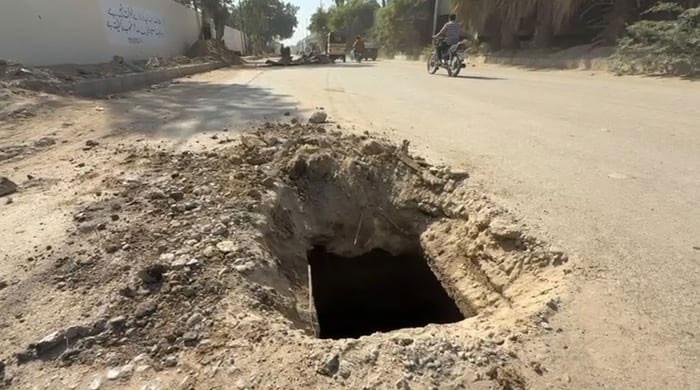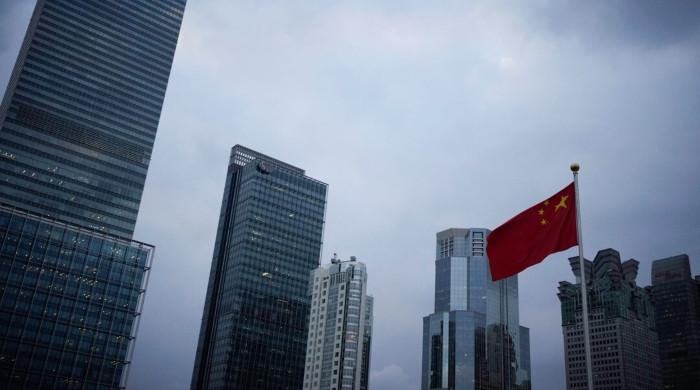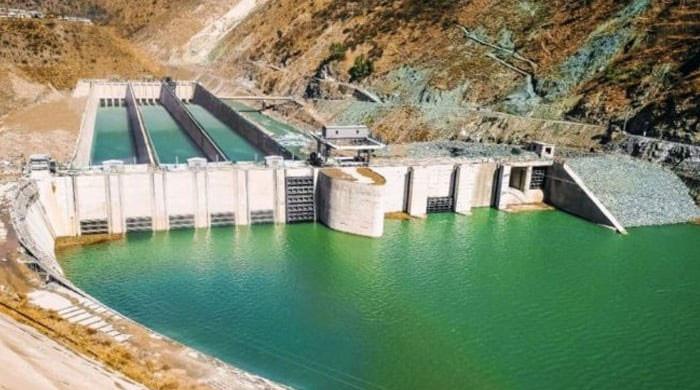Punjab elections: Challenges for PML-N
Federal govt wants to delay provincial assembly elections till at least October to hold national, provincial assembly polls at same time
March 06, 2023
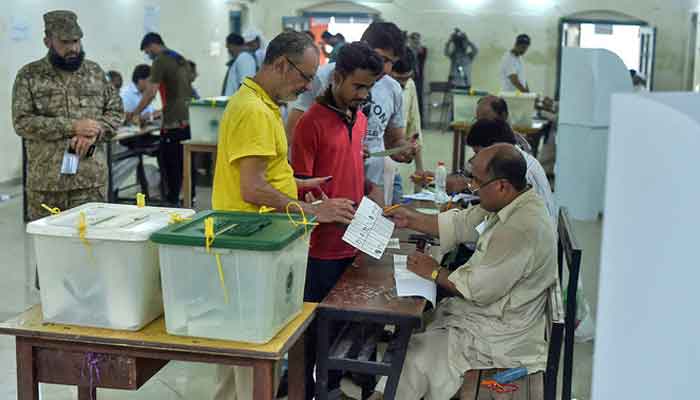
President Arif Alvi has finally announced April 30 as the date for general elections in Punjab. The Election Commission of Pakistan (ECP) had earlier asked the president to choose any date from April 30 to May 7. The elections will be held for 297 general seats in the Punjab Assembly.
On March 1, a five-member Supreme Court (SC) bench in its split decision directed the ECP to propose dates to the president for the provincial assembly elections in Punjab. It also declared that it was a constitutional obligation to hold elections within 90 days after the dissolution of an assembly.
The single bench of the Lahore High Court (LHC) had already directed the ECP to announce the date for general elections in Punjab in consultation with the province’s governor.
The SC decision will increase pressure on the federal government and the ECP to make necessary arrangements to hold elections on the date announced by the president. Despite the president’s announcement, there are still doubts over whether elections will be held on time or delayed for some technical reason.
Statements issued by Pakistan Muslim League-Nawaz (PML-N) ministers and leaders are creating more doubts about timely elections. The federal ruling coalition wants to delay the provincial assembly elections in Punjab and Khyber Pakhtunkhwa till at least October to hold the national and provincial assembly elections at the same time. But the government is left with few options to delay the elections.
There is a strong perception that the PML-N does not want to contest the provincial elections under the current economic situation. The country’s consumer price inflation is at a historic high at 31.5%. Food inflation has crossed the 40% mark and is now badly hurting the working class. The government has failed miserably to control the rising inflation.
The working class and the poor have been swept away by the tsunami of price hikes. The Pakistani rupee continues to lose value against the US dollar, which is currently trading around Rs282. There is no stability in the market. In what seems to be dictation from the International Monetary Fund (IMF), the State Bank of Pakistan has hiked interest rates to a historic high of 20%.
The worsening economic situation and inflation have dented the PML-N’s popularity in Punjab. The current economic conditions do not allow the party to run an aggressive campaign against the Pakistan Tehreek-e-Insaf (PTI). At present, the PML-N is trying to sell the narrative that the current economic hardships are a result of the PTI government’s failures and incompetence.
But the results of by-polls in Punjab show that a majority of people are not buying this argument. The PML-N faces a big challenge of countering the popularity of Imran Khan. And it will be an uphill task for the party to convince voters that if elected it could fix the economy and solve all economic problems.
The PTI is in an advantageous position; it is going to capitalise on the rising inflation and the deteriorating economic situation in its election campaign. The PTI is also shifting the blame of the current economic crisis on the PML-N-led coalition government.
It is going to be a close election. Both parties seem head-to-head in most constituencies. A fierce battle is likely to take place in Punjab. Both parties are going to run negative campaigns based on personal accusations, blame games and character assassination instead of focusing on the existing issues and their solutions.
The other problem is the absence of Nawaz Sharif from the election campaign. His return could energize PML-N leaders and voters. But it is not clear yet whether Nawaz Sharif will return from London to lead the party in the election campaign.
In his absence, Maryam Nawaz is likely to lead the campaign. She has already organised workers' conventions in different divisional headquarters in Punjab. There is no doubt that she is a star attraction and successfully mobilising party workers.
An encouraging sign for the PML-N is that a large number of young people is participating in these conventions. The real challenge before Maryam Nawaz is not only to fully mobilise the party’s core support base but also to win over independent voters.
Nearly 30 to 35% of voters who cast their ballots in Pakistan are not aligned permanently with any political party. Non-aligned or independent voters play an important role in the outcome of an election in each constituency. Their role becomes even more crucial in the closely fought constituencies. The PML-N needs to win the support of at least half of the independent voters.
A big number of independent voters do not seem happy with the performance of the PML-N-led government. Many voters seem unsatisfied with both the PML-N and the PTI. They believe that these parties have abandoned them. There is strong sentiment among different sections of voters that mainstream parties are working only to protect the interests of the elite and ignoring the needs of the people.
They are also angry that the government has simply shifted the burden of the economic crisis on their shoulders while the elite is not sharing the burden. The increased discontent among sections of voters might affect the turnout. Political parties and candidates will have to work hard to mobilize voters in big numbers.
At present, the PTI is winning the war of narratives. The PML-N’s performance on this front is not satisfactory. Election campaigns are mainly a war of narratives. The better a party creates its narratives, the better chances it has to improve its image.
The writer is a freelance journalist.




